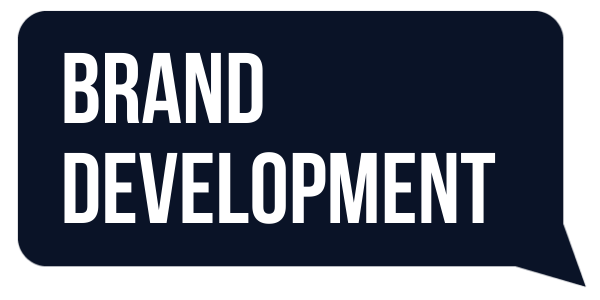
Whether your firm has invested heavily or hardly given it a moment’s thought, you already have a brand. What may surprise you though, is that your brand is not entirely what you tell people about your firm. It’s largely what your clients, referral sources and prospects think of you, and tells others about you. That’s because your brand, services and client experience are deeply intertwined. Your brand should reflect who you are on your best day. So what we’re really talking about is gaining a deeper understanding of the impression you’re already making, and learning how to use that to lean into what’s working and minimize what’s not.
You can’t craft a brand in a conference room and expect it to work. Codifying your brand with brand language should come out of conversations with clients and those who know you best. Here’s how market-research based brand development can help you differentiate yourself authentically and attract qualified prospects, job applicants and increase the right kind of awareness in the marketplace.
Why Start With Asking Questions
It bears repeating, you already have a brand. The way you interact with clients, employees and referral sources is the embodiment of your brand. Something drew them to you, keeps them engaged and inspires them to talk about you with peers and associates. A research based approach allows you to tap into those perceptions and use them to refine and define your brand according to what others already know and trust when it comes to your firm.
Consider your website, which is often the first impression someone has of your firm. Whatever they understand your firm to be from your website is what they will hold you accountable to. If it’s not accurate, then the experience (fantastic or not), will not meet their expectations and they could be disappointed. Instead, put YOUR AUTHENTIC best foot forward and let the RIGHT clients be attracted to you, while the ones for whom you are not the right fit will be uninterested and find another provider without wasting your time or theirs. After collecting the data, you will be able to connect the dots between your visual brand, brand language and develop consistency everywhere your brand shows up.
How To Do it Right
- First, find an outsourced firm to do the work. This is important because it will be easier for participants to be candid when speaking to a third party professional and because an outside party won’t be motivated to confirm personal or internally held beliefs. When hiring a firm, be wary of firms that want to assign a brand after only having internal conversations.
- Just as important as choosing a branding firm, is who you have them speak with. Make a list of employees, clients and referral partners who know you well and will have a variety of experiences with your firm. The more data you can collect through interviews and written surveys the better, so cast a wide net. You don’t want to base the analysis on a few potentially idiosyncratic experiences.
- Be open to a range of feedback. The research process is about uncovering what your network actually thinks about your firm, not what you are hoping to hear. Anticipate there will be a mix of feedback, but you’ll likely be pleased with much of what comes out of these conversations. You’re going to hear from your best and most loyal clients and contacts--they will be happy to speak to the ways you serve them.
- After your research team has completed their interviews and surveys, there will be a lot of data to analyze. It’s the job of your outsourced marketers to synthesize the data from all of the responses to find the patterns and pull out themes that are widely used to describe your firm. These are the pillars that will anchor the process of defining your brand that will help you truly differentiate yourself in the marketplace. Embrace what your loyal clients, employees and referral sources already think about you, and you will have the tools to continue attracting more people like them.
Developing Your Brand With Market Research
The analysis process will then help you focus on patterns that indicate what’s going well and positioning the firm around those qualities. At the end of the brand study, you should have the material to develop a tagline, brand promise, brand values, brand story, a differentiation statement, a positioning statement and language for your website and other marketing and sales collateral. Don’t worry if that all sounds like marketing jargon right now! The point is that the brand study gives you the data you need to create the foundational language that will guide future decision making, from your sales and marketing strategy, website redesign, and potentially even determining the type of client you want to serve. In our experiences, firms that conduct a brand study return to these touchstone deliverables for years following the study.
Conclusion
If you’re not sure what your best clients would say about you, the impression people receive when they visit your website, or your marketing is attracting prospects who are not right for your firm, it’s time to work on your brand. Thinking about getting started? Let’s talk.




